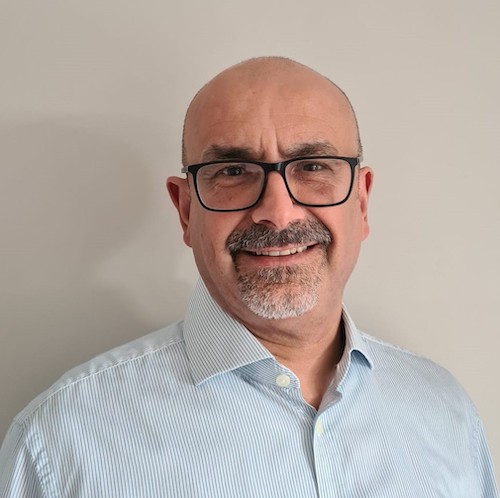
Matthew Poyiadgi, Vice President EMEA at Pearson VUE
February 4, 2022
Matthew Poyiadgi, Vice President EMEA at Pearson VUE, on what 2022 holds for the e-assessment sector.
With many Christmas presents having already been discarded as attention spans reduce, Lego has survived the passage of time. I’m pleased to say that no Lego has ever been thrown out from our house in 25 years. This got me thinking about how the iconic Lego brick can be applied to our industry. We are increasingly living in a “Lego world.” The last couple of years have seen rapid acceleration of the unbundling of learning, where the needs of individual learners can be broken down into modular pieces and then stacked together.
Here are my top three predictions for the assessments industry in 2022:
1. Lifetime employability, not lifetime employment: a Lego world
Those in the current generation of professionals do not spend their careers with one company – they change jobs frequently and even branch out into different areas. It’s now about lifetime employability rather than lifetime employment. With the rise of the gig economy and contingent workers, work has become less permanent. Plus what we learn expires very quickly. With people seemingly less faithful to one company or one profession, why should they follow only one educational pathway, at only one point in their lives? The idea of a single education followed by a single career is over.
The assessments industry will need to respond to changing behaviors and enable individuals to assemble their personalized credentials based on their own professional goals. Digital micro-credentials, badges and nanodegrees are growing in popularity and highlight more individualized achievements, skills and competencies. When unbundled, these stack into lifelong learning for that individual, which they manage at their own pace. It is now highly likely that two individuals’ learning programs are made up of different building blocks, even if the outcome is the same qualification.
Much still needs to be defined: what is the optimum length of a learning module; how can they be assembled into playlists; will a test follow suit?
Digital micro-credentials, badges and nanodegrees are growing in popularity and highlight more individualized achievements, skills and competencies.
—Matthew Poyiadgi, Vice President EMEA at Pearson VUE
2. All about choice
There is still a lot of debate around technology-led disruptions, such as how we incorporate AI into assessments to increase efficiency, speed and scale, and the optimal mix of online proctoring and test center exam delivery. It is important to understand that we are in the attention economy and consumers want to choose and be in control. While the pandemic certainly increased the adoption of remote proctoring (our online test delivery increased by more than 300%), learners want convenience; to test where and when they want (whether that’s in a town center one day or from home the next). Online-proctored exams are expanding candidate choice. Just as with how they grocery shop or consume media, people want to pick and choose different options depending on their circumstances.
Exam delivery modes must follow suit and bind seamlessly into one learner record, so that certification is recognized instantly once the requisite number of exams are passed.
Online-proctored exams are expanding candidate choice. Just as with how they grocery shop or consume media, people want to pick and choose different options depending on their circumstances.
—Matthew Poyiadgi, Vice President EMEA at Pearson VUE
3. Anticipate change
A former Nokia CEO said, “We didn’t do anything wrong, but somehow we lost.” The industry disrupted around them and they couldn’t manage the change.
Disjointed is dated and learner patience is wearing thin. Consider how a UK university charges fees of £9,250 per year, while Disney charges less than £60 for a Disney+ subscription and Netflix charges £72. People are learning online, often at home – there is a link here that implies change. Learning has to be current, irresistibly engaging and steeped in real-life problem solving. It has to relate directly to what an individual does each day in their work, and the assessment must measure those same activities. It will do so by leveraging innovation to create simulations and performance-based tests that replicate the workplace environment - a great way for people to demonstrate their competence in real-life scenarios. Assessing whether a candidate knows how to do something vs. actually measuring their ability to do it is the key differentiator.
This race has no finishing line. To compete, we must anticipate changing consumer behaviors and, to stay ahead of the curve, be bold enough to modify or even abandon which assessment methods are not working. To think: blockchain, the metaverse and Web 3.0 – we haven’t scratched the surface.
A version of this piece was originally published in the e-Assessment Association’s February newsletter.